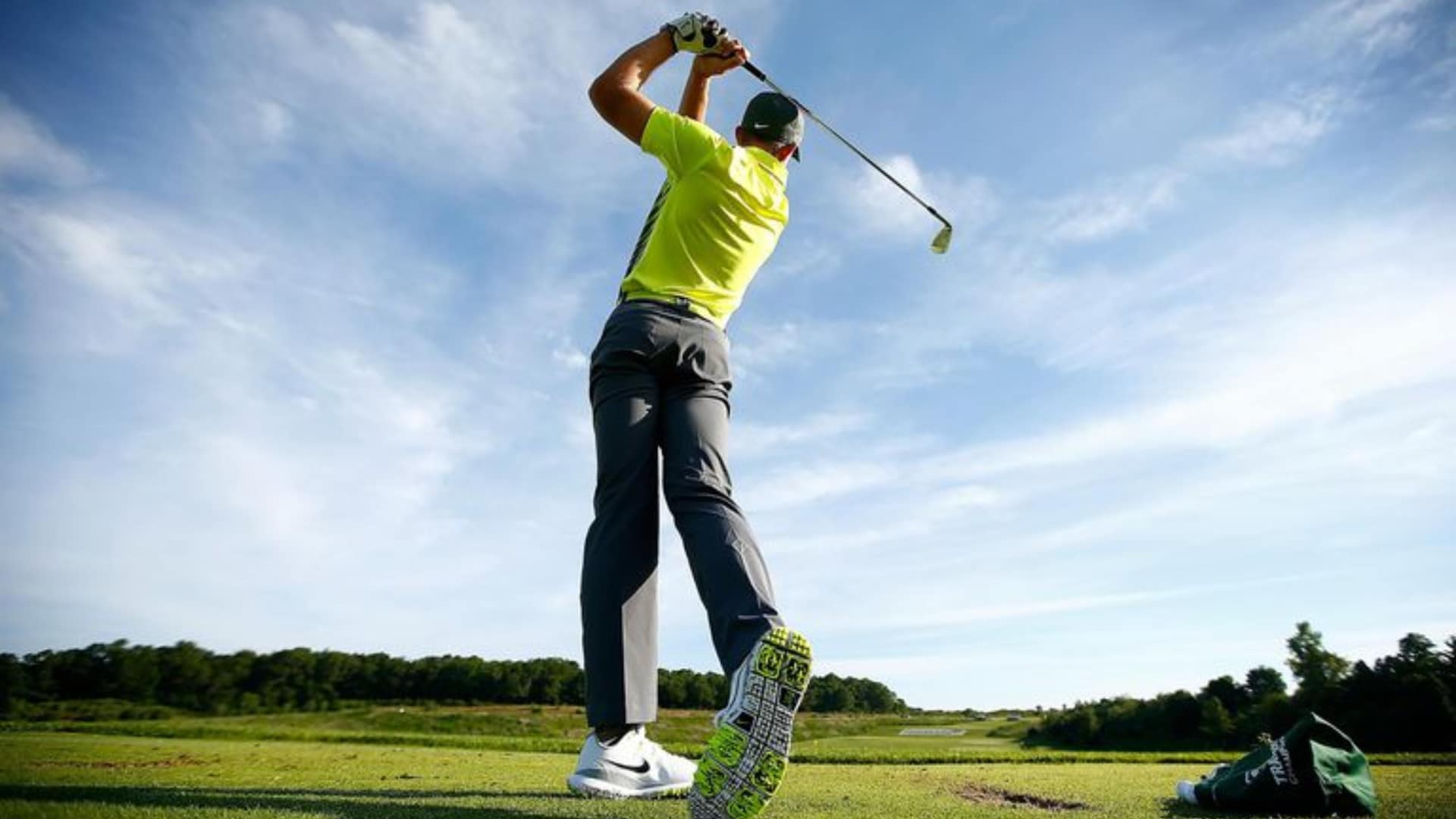Golf is a game that requires skill, precision, and consistency. The golf swing, or the motion of the club and the body that results in the shot, is a crucial part of the game. A strong golf swing can make the difference between hitting the ball straight and far or into the woods.
But how exactly does one go about enhancing their golfing abilities and swing?
In this article, we'll go over various drills and tips that will help you improve your golf swing. We will also provide you some examples of professional golfers whose swings have been particularly successful.
What makes a golf swing good?
To have a strong golf swing, you need to be able to consistently and rapidly deliver the club to the ball. This strategy reduces the likelihood of harm while increasing the fun of the game.
The quality of a golf swing is affected by a number of different aspects, including the golfer's grip, stance, posture, alignment, takeaway, backswing, swing's peak, downswing, impact, and follow-through. A powerful and fluid swing is the result of all of these factors functioning together.
However, there is no universally ideal golf stroke. Golfers vary in terms of physique, strengths, weaknesses, preferences, and even their ultimate aims on the course. So, it's up to each golfer to develop a swing that works for their body and their game.
The best method to determine your optimal golf swing is to work with a professional golf coach who can assess your swing and provide you with constructive feedback and direction.
Technology like video cameras, launch monitors, and swing analyzers can help you track your swing's progression and pinpoint your weak spots.
Some golf swing techniques
There are many golf swing techniques that can help you improve your swing and your game. Here are some of the most common and useful ones:
- The Grip: The grip is the way that a golfer holds the club. It changes how you handle the face of the club and how you hit the ball with power. Grip strength ranges from neutral to extremely weak to extremely strong. When holding a club with a neutral grip, both hands are in roughly the same spot. For right-handed golfers, a weak grip involves turning both hands to the club's left. The club is held firmly with both hands, which are turned to the right. Whether you have a natural predisposition to slice or hook the ball will determine the sort of grip you use.
[caption id="" align="aligncenter" width="695"]
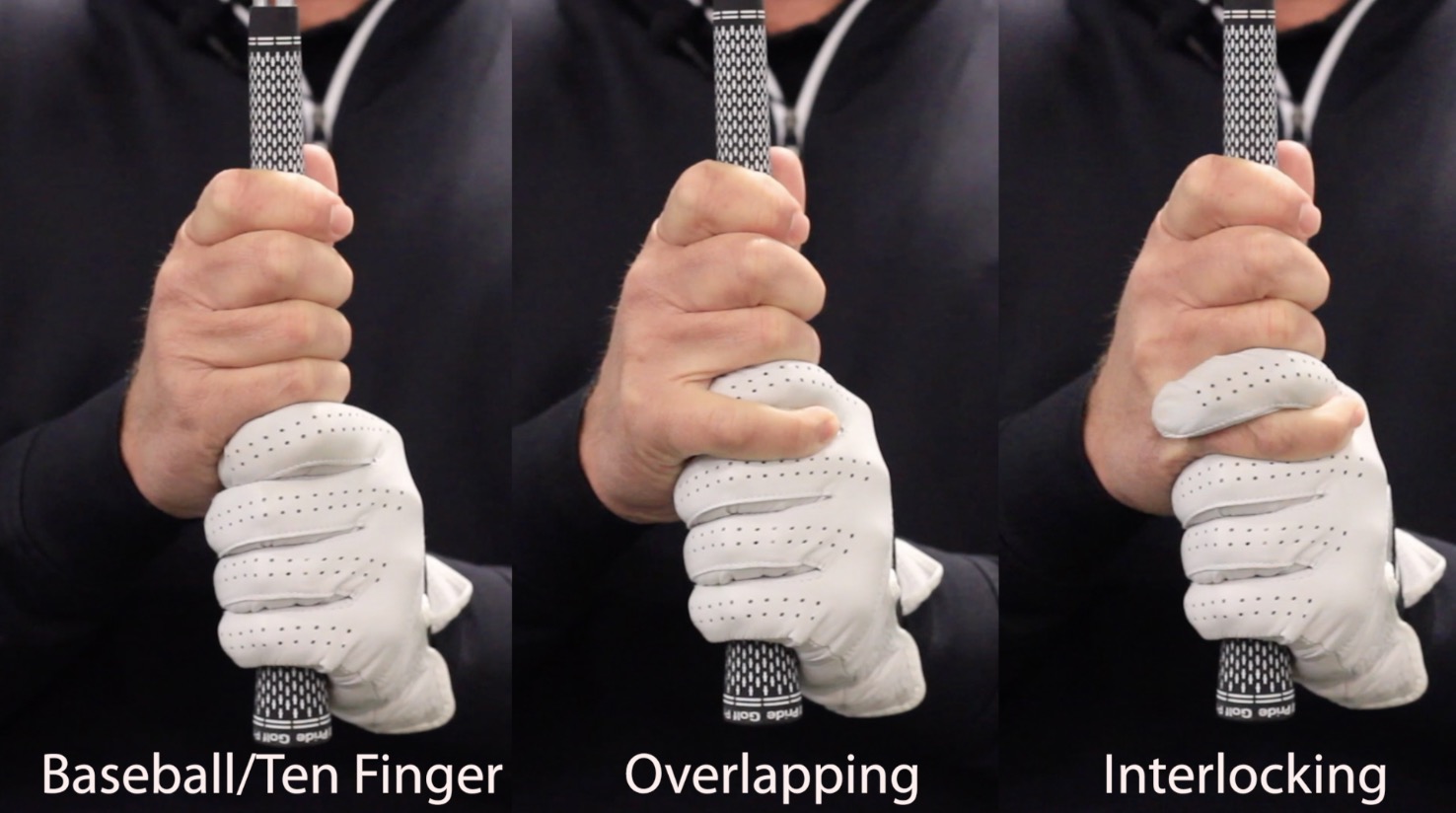
Golf Swing Basics. | Credit: usgolftv.com | Source: Google[/caption]
- The Stance: The stance is where your feet and body are in relation to the goal and the ball. How you swing is impacted by your equilibrium, steadiness, and flexibility. Your feet should be shoulder-width apart or slightly wider, your knees should be bent, your hips should be pulled back, your spine should be inclined forward but straight, your shoulders should be relaxed, your head should be behind the ball, and your eyes should be focused on the ball. You want to have your feet either parallel to or slightly open from your target line.
[caption id="" align="aligncenter" width="725"]

The Stance. | Credit: ebalongolf.com[/caption]
- The Posture: Posture refers to how you keep your body erect and aligned when swinging. It hinders your ability to swing with adequate rotation. The ideal posture calls for a straight back with no sway or curve. During the swing, keep your head in a level position. Do not hunch over; instead, keep your chest open. Relax your arms so that they hang loosely from your shoulders.
[caption id="" align="aligncenter" width="620"]

The perfect posture for golf swing. | Credit: bestgolfposture.com[/caption]
- The Takeaway: You can think of the takeaway as the first step in turning the club and your body away from the ball. It modifies your swing's tempo, rhythm, and trajectory. The proper takeaway involves a coordinated motion of the golfer's club, arms, and shoulders. Keep your club low to the ground and play it just within the line of aim. Your arms should make a triangle with your chest and bend at the natural hinge of your wrists. The ideal range of motion is 90 degrees for the shoulders and 45 degrees for the hips. If you're right-handed and playing golf, shift your weight to your right side.
[caption id="" align="aligncenter" width="617"]

Perfect Golf Swing Takeaway. | Credit: topspeedgolf.com[/caption]
- The Backswing: The backswing moves the club and body to the apex of the swing. Your swing power, torque, and coil are affected. Club movement should match shoulder angle on a good backswing. At the midway point, your clubface should be square or slightly open and closed at the top. Right-handed golfers should bend and tuck their right elbow. Your wrists should be fully cocked and hands above or behind your right shoulder. To generate power, turn your shoulders more than your hips.
[caption id="" align="aligncenter" width="704"]
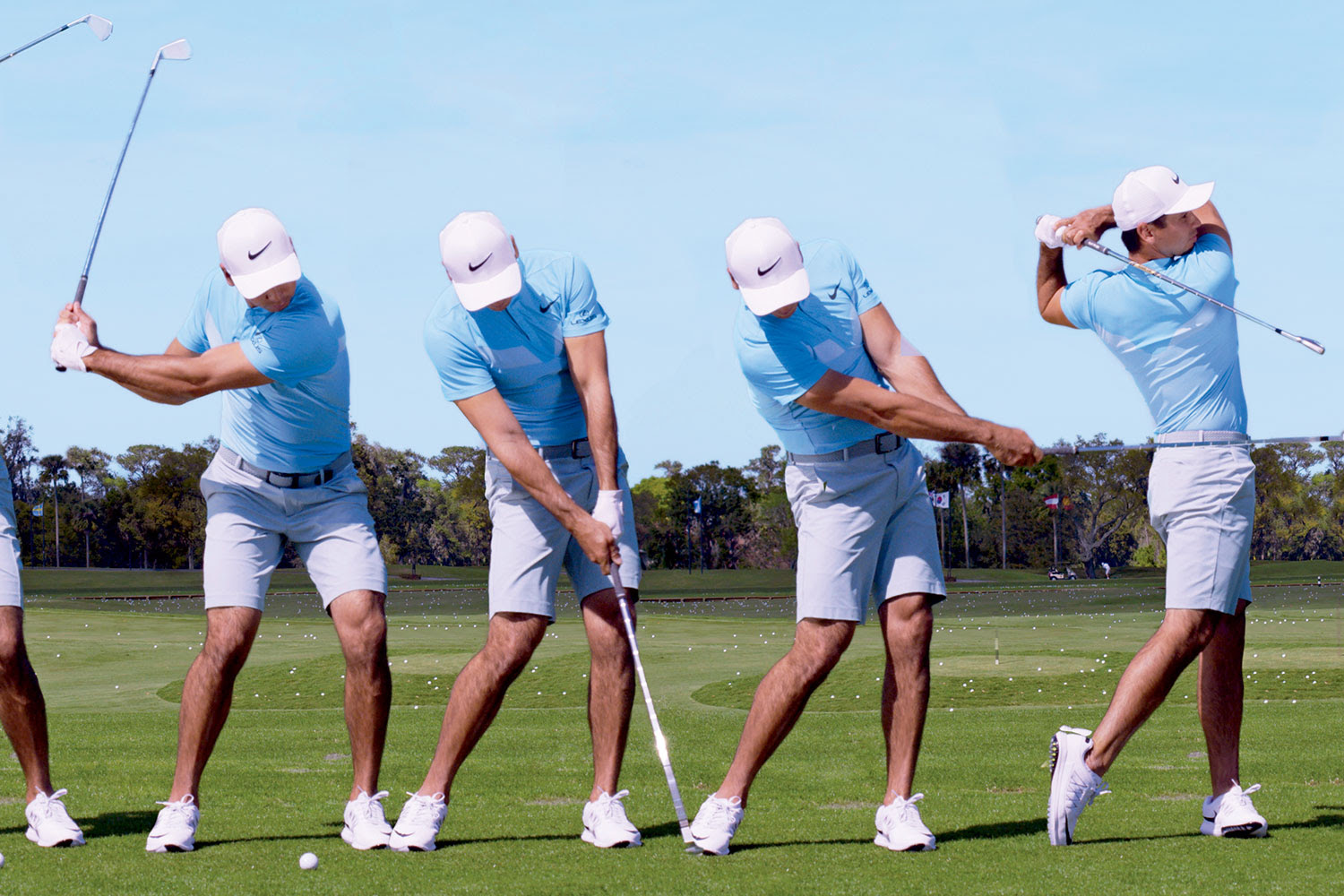
The Backswing in golf swing. | Credit: Anekagolf.com[/caption]
- The Top of the Swing: The peak of the swing transitions to the backswing and downswing. It changes how you time, order, and synchronize your swing. Your club should aim toward or across your target line at the peak of the swing. For right-handed golfers, the clubface should parallel their left forearm. Weight should be moderately on your right side. Hips should be somewhat open, shoulders slightly closed, and your head should be in same position as at address.
[caption id="" align="aligncenter" width="644"]

Top of the swing. | Credit: golfmagic.com[/caption]
- The Downswing: The downswing moves the club and body from the top to the impact. A nice downswing starts with your hips and legs. Your club should fall into the slot, which is slightly inside and below the backswing plane. Clubface should open from closed to square to open as it approaches the ball. Arms should stretch and release through the ball. Right-handed golfers should shift their weight to their left side and bend their hips and shoulders toward the target.
[caption id="" align="aligncenter" width="698"]

The Downswing | Credit: GolfMagic[/caption]
- The Impact: The impact is the moment of truth when the club meets the ball. It affects your distance, direction, and trajectory of your shot. A good impact should have your clubface square or slightly open to the target line. Your hands should be slightly ahead of the ball, creating a forward shaft lean that increases compression and reduces loft. Your left arm and wrist (for right-handed golfers) should be straight and firm. Your right arm and wrist should be bent and soft. Your hips should be open and your shoulders should be square or slightly open. Your head should still be behind the ball.
[caption id="" align="aligncenter" width="699"]

Golf swings - The Impact. | Credit: theleftrough.com[/caption]
- The Follow-Through: The follow-through is your final club and body movement after impact. It affects balance, stability, and swing feedback. After a proper follow-through, your club should swing high and full with relaxed arms. Your clubface should face the sky or slightly left (for righties). Keep your hips and shoulders open and facing the goal. For right-handed golfers, weight should be on left foot and toes on right. Look at the target and follow the ball.
[caption id="" align="aligncenter" width="702"]
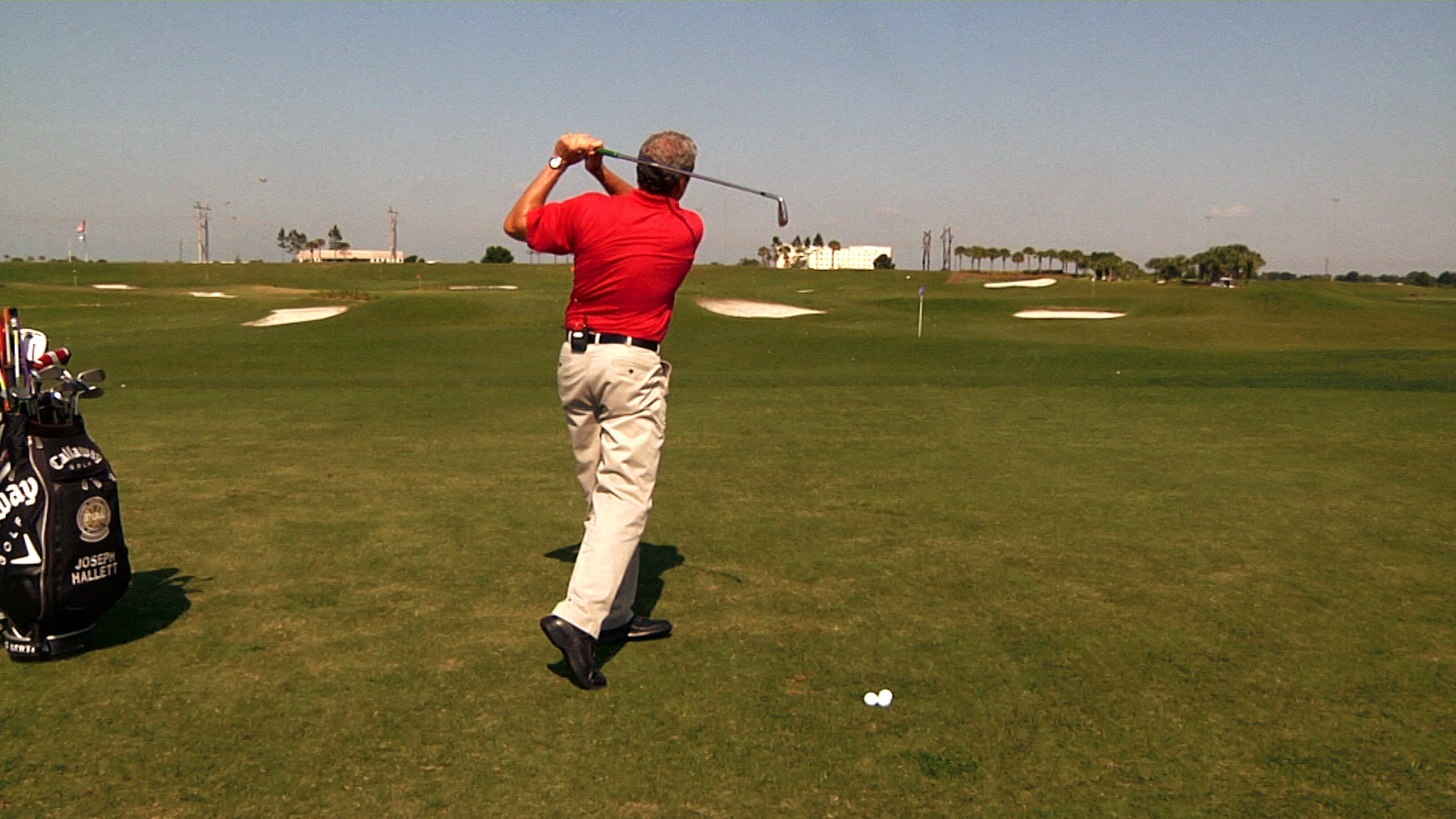
The Follow Through in Golf | Credit: GolfProTalk.com[/caption]
Watch some golf swing techniques below:
https://youtu.be/sXtekwuT8R0?si=K00wNtfnrE71MC4v
https://youtu.be/wzf9gyxuGZE?si=B3sZMPrkeva4gQ19
Some golf swing drills
There are many golf swing drills that can help you practice and
improve your swing techniques. Here are some of the most effective and popular ones:
- The Ladder Drill
- The Towel Drill
- The Gate Drill
Some examples of professional golfers
Golf is a sport that has produced many legends and champions over the years. Here are some examples of professional golfers who have mastered their swings and achieved great results:
[caption id="" align="aligncenter" width="700"]
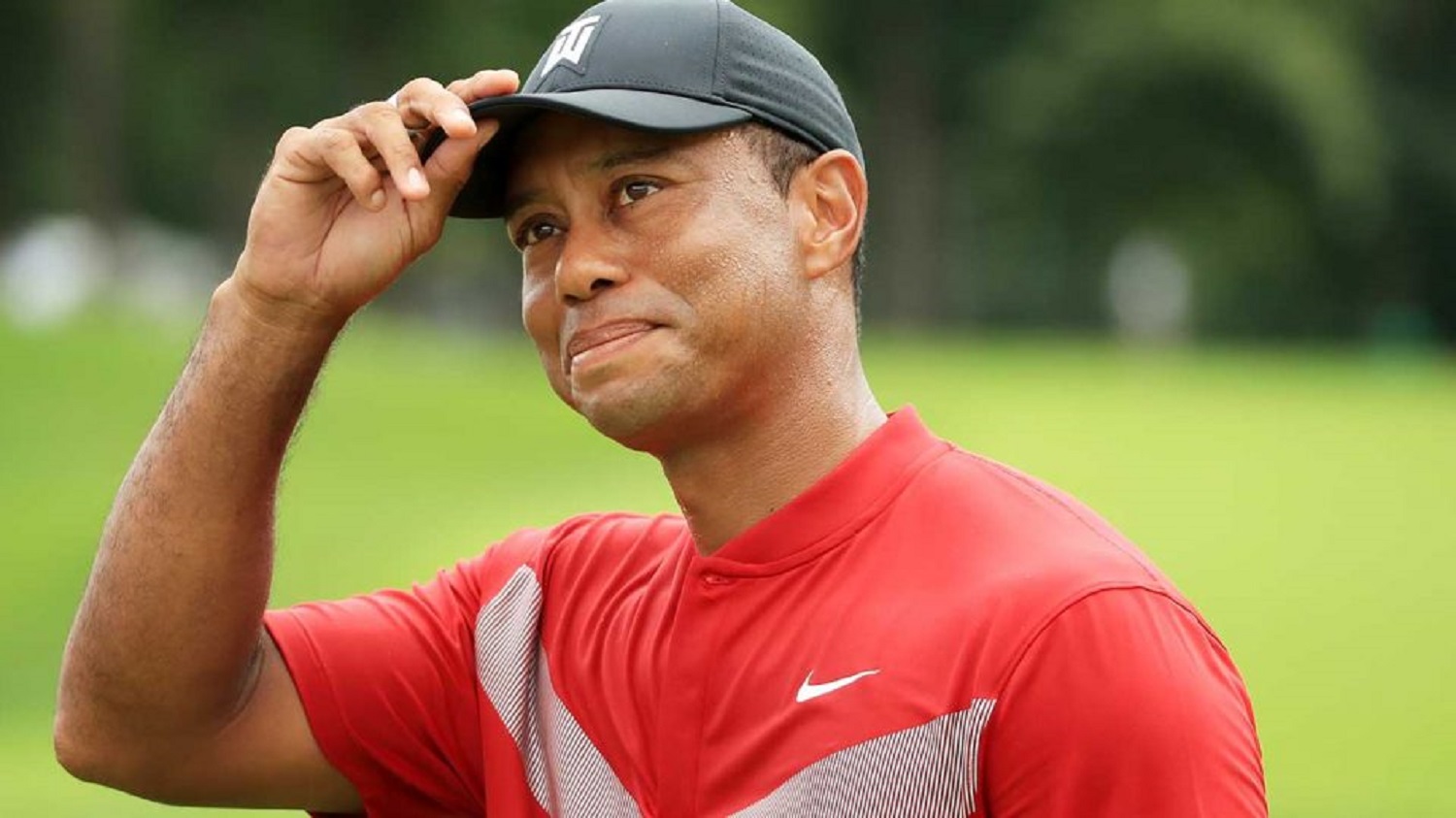
Tiger Woods | Credit: The Sun[/caption]
Many people consider Tiger Woods to be the best golfer who ever lived. He has won 15 majors, including the Masters five times, the PGA four times, the U.S. Open three times, and the Open three times. With 82 PGA Tour victories, he is tied with Sam Snead for the all-time record. His career has been defined by the steady development of a swing that is both strong and pinpoint accurate.
[caption id="" align="aligncenter" width="649"]

Annika Sorenstam | Credit: Golfscape.com[/caption]
Annika Sorenstam is widely regarded as one of the sport's greatest female golfers. She has won three U.S. Women's Opens, three Kraft Nabisco Championships, two Women's British Opens, one LPGA Championship, and one du Maurier Classic for a total of ten major titles. In addition, she is the all-time leader in LPGA Tour victories with 72. She has always had a swing that is both smooth and consistent, earning her a reputation for excellence.
[caption id="" align="aligncenter" width="702"]

Rory McIlroy | Credit: The Independent[/caption]
Rory McIlroy is a major player in the golfing world right now. He has two PGA titles, one U.S. Open title, and one Open Championship title to his name. He is also one of the most successful golfers of all time, having won 18 times on the PGA Tour and 14 times on the European Tour. His agile and powerful swing is something he's worked on since he was a kid.
[caption id="" align="aligncenter" width="692"]
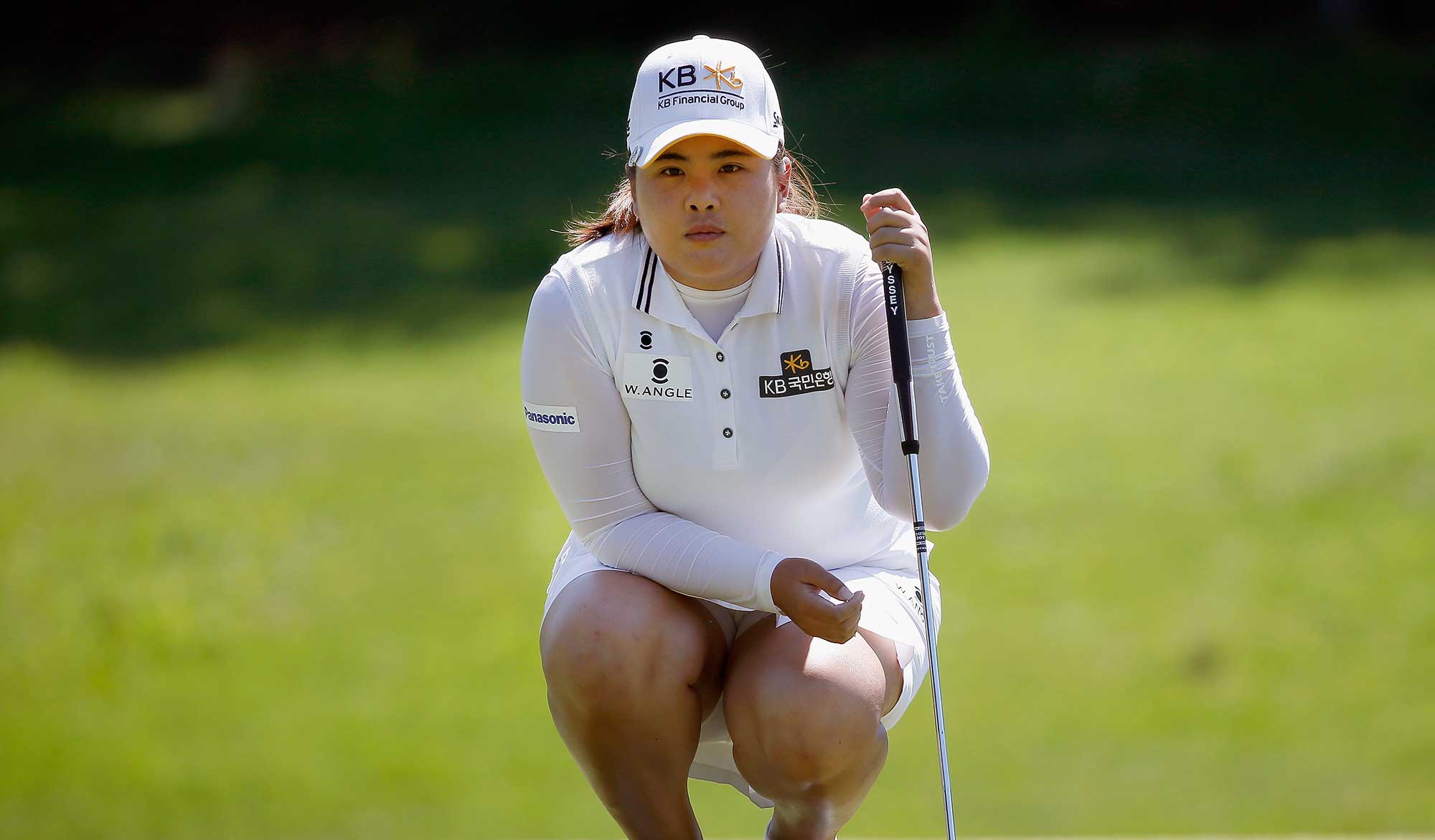
Inbee Park | Credit: LPGA[/caption]
Inbee Park is one of the best female players alive right now. She has four Women's PGA titles, two Women's U.S. Opens, and one Women's British Open to her name. Plus, she's won 20 LPGA Tour events and 7 Ladies European Tour events, making her one of the best players on both tours. She has worked hard on her swing over the years and is known for how smooth and easy it looks.
Conclusion
Golf is a game that calls for dexterity, accuracy, and consistency. The swing is the motion of the club and the body that results in a shot in golf, and it is one of the most crucial parts of the game.
Have fun and remember that doing so is the most vital part of any activity, especially golf swings.
 Golf Swing Basics. | Credit: usgolftv.com | Source: Google[/caption]
Golf Swing Basics. | Credit: usgolftv.com | Source: Google[/caption]
 The Stance. | Credit: ebalongolf.com[/caption]
The Stance. | Credit: ebalongolf.com[/caption]
 The perfect posture for golf swing. | Credit: bestgolfposture.com[/caption]
The perfect posture for golf swing. | Credit: bestgolfposture.com[/caption]
 The Downswing | Credit: GolfMagic[/caption]
The Downswing | Credit: GolfMagic[/caption]
 Golf swings - The Impact. | Credit: theleftrough.com[/caption]
Golf swings - The Impact. | Credit: theleftrough.com[/caption]
 The Follow Through in Golf | Credit: GolfProTalk.com[/caption]
Watch some golf swing techniques below:
https://youtu.be/sXtekwuT8R0?si=K00wNtfnrE71MC4v
https://youtu.be/wzf9gyxuGZE?si=B3sZMPrkeva4gQ19
The Follow Through in Golf | Credit: GolfProTalk.com[/caption]
Watch some golf swing techniques below:
https://youtu.be/sXtekwuT8R0?si=K00wNtfnrE71MC4v
https://youtu.be/wzf9gyxuGZE?si=B3sZMPrkeva4gQ19
 Tiger Woods | Credit: The Sun[/caption]
Many people consider Tiger Woods to be the best golfer who ever lived. He has won 15 majors, including the Masters five times, the PGA four times, the U.S. Open three times, and the Open three times. With 82 PGA Tour victories, he is tied with Sam Snead for the all-time record. His career has been defined by the steady development of a swing that is both strong and pinpoint accurate.
Tiger Woods | Credit: The Sun[/caption]
Many people consider Tiger Woods to be the best golfer who ever lived. He has won 15 majors, including the Masters five times, the PGA four times, the U.S. Open three times, and the Open three times. With 82 PGA Tour victories, he is tied with Sam Snead for the all-time record. His career has been defined by the steady development of a swing that is both strong and pinpoint accurate.
 Rory McIlroy | Credit: The Independent[/caption]
Rory McIlroy is a major player in the golfing world right now. He has two PGA titles, one U.S. Open title, and one Open Championship title to his name. He is also one of the most successful golfers of all time, having won 18 times on the PGA Tour and 14 times on the European Tour. His agile and powerful swing is something he's worked on since he was a kid.
Rory McIlroy | Credit: The Independent[/caption]
Rory McIlroy is a major player in the golfing world right now. He has two PGA titles, one U.S. Open title, and one Open Championship title to his name. He is also one of the most successful golfers of all time, having won 18 times on the PGA Tour and 14 times on the European Tour. His agile and powerful swing is something he's worked on since he was a kid.
 Inbee Park | Credit: LPGA[/caption]
Inbee Park is one of the best female players alive right now. She has four Women's PGA titles, two Women's U.S. Opens, and one Women's British Open to her name. Plus, she's won 20 LPGA Tour events and 7 Ladies European Tour events, making her one of the best players on both tours. She has worked hard on her swing over the years and is known for how smooth and easy it looks.
Inbee Park | Credit: LPGA[/caption]
Inbee Park is one of the best female players alive right now. She has four Women's PGA titles, two Women's U.S. Opens, and one Women's British Open to her name. Plus, she's won 20 LPGA Tour events and 7 Ladies European Tour events, making her one of the best players on both tours. She has worked hard on her swing over the years and is known for how smooth and easy it looks.











